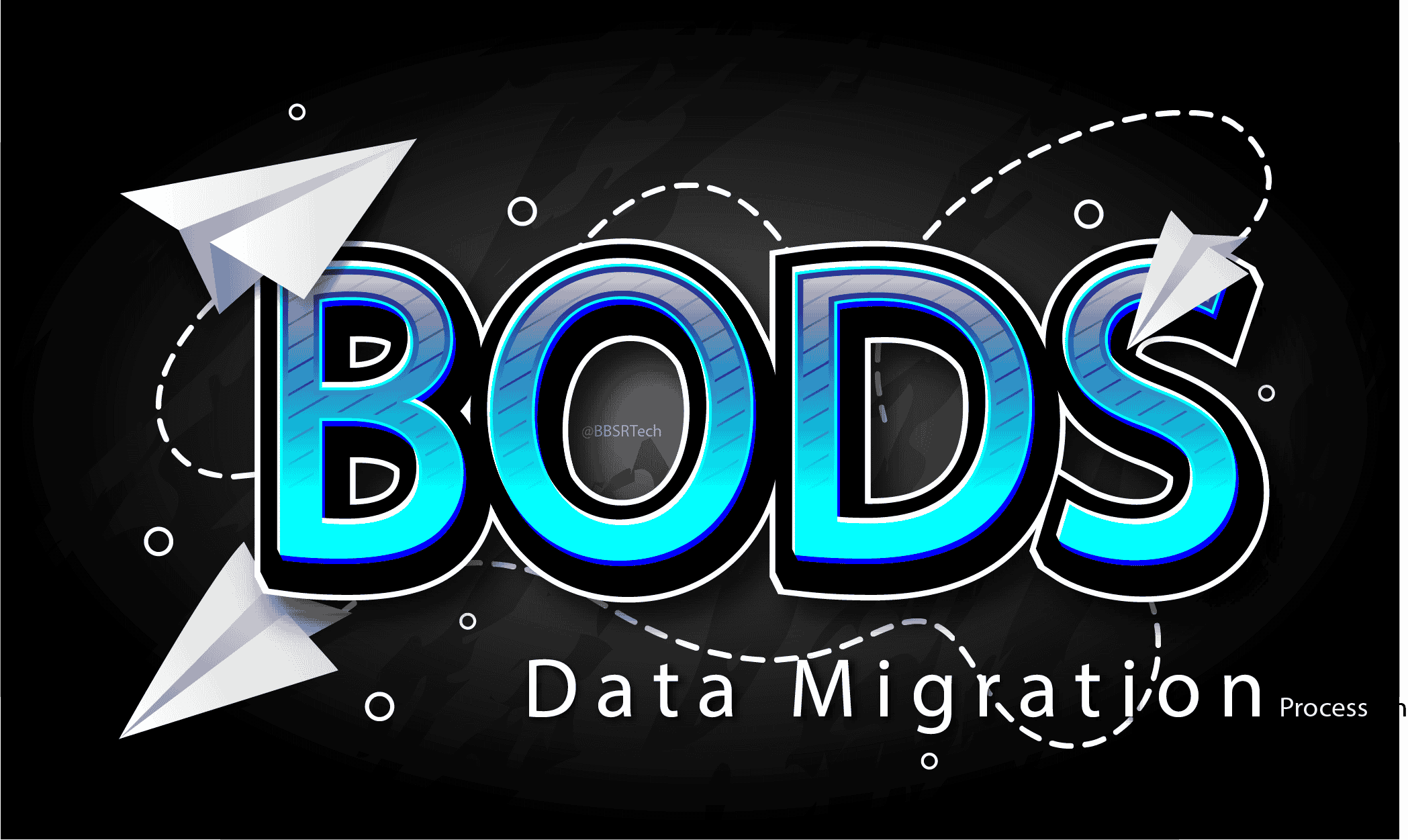SAP Data Services migration
In today’s fast-paced digital landscape, organizations are constantly evolving, adopting new technologies, and upgrading systems to stay competitive. One critical aspect of this evolution is data migration—a complex process of transferring data between storage types, formats, or systems. SAP BusinessObjects Data Services (BODS) is a powerful tool that facilitates this process, ensuring data integrity, efficiency, and accuracy. In this blog, we will explore the hierarchy of objects in BODS, essential for successful data migration.
Understanding the Hierarchy of Data Services migration Process
When embarking on a data migration journey, it’s crucial to understand the hierarchy of objects within BODS. This knowledge is foundational to structuring your data migration program effectively.
1. Project
At the top of the hierarchy is the Project. This is the starting point for any data migration program. Without a project, you cannot create jobs, workflows, or data flows. Think of the project as the container for all the subsequent activities related to your migration task.
2. Job
Under each project, you’ll create a Job. A job is a crucial element that initiates the extraction, transformation, and loading of data. Depending on your requirements, you might have multiple jobs within a single project. For instance, if you’re migrating a material master from a legacy system to SAP S/4HANA, you would create a project named “Material Master” and different jobs for extraction, transformation, and loading.
3. Workflows and Dataflows
Jobs contain Workflows and Dataflows. While workflows are optional, they become necessary when you need to control the execution of multiple data flows, especially when dependencies exist. Workflows allow you to manage complex execution sequences, ensuring that certain data flows are completed before others begin.
4. Extraction, Transformation, and Loading (ETL) Jobs
Typically, a data migration project involves four primary jobs:
- Extraction Job: This job extracts data from the source system, applying necessary filters and selection criteria.
- Transformation Job: This job uses the extracted data to apply business rules, mappings, and validations. It prepares the data for loading by transforming it as per the target system’s requirements.
- Loading Job: Once the data is transformed, it’s loaded into the target system, often using methods like IDocs for SAP systems.
- Post-Load Job: This job generates reports to compare the source and target data, ensuring the migration is successful.
The Role of Reusable and Single-Use Objects while Migrate to BODS
Understanding object reuse is vital for efficient in SAP BODS migration. BODS allows for the creation of reusable objects, which can be utilized across multiple jobs without redesigning. These include:
- Dataflows: Can be used in multiple jobs. Changes in a dataflow affect all jobs using it.
- Workflows: Similarly, workflows can be reused, ensuring consistency across your migration tasks.
On the other hand, Single-Use Objects like scripts or specific transformations are not inherently reusable. They need to be copied and pasted if needed elsewhere, creating new instances each time.
Why Workflows Matter in SAP BODS Migration
While workflows are optional, they are indispensable when you need to manage complex dependencies. They ensure that your data flows execute in the correct order, respecting dependencies and parallel execution requirements. This capability is crucial for maintaining data integrity and achieving successful migrations.
Conclusion
Mastering the hierarchy of objects in SAP BODS Migration which is essential for SAP BODS migration to S/4HANA. Whether you’re dealing with extraction, transformation, loading, or post-load validation, understanding how to structure your projects and utilize reusable objects can save time, reduce errors, and improve efficiency. As you delve deeper into BODS, leveraging these insights will empower you to execute seamless data migrations, paving the way for successful digital transformations within your organization.
Stay tuned for more insights as we explore transforms, loading methods, and much more in our upcoming sessions. Happy migrating!
